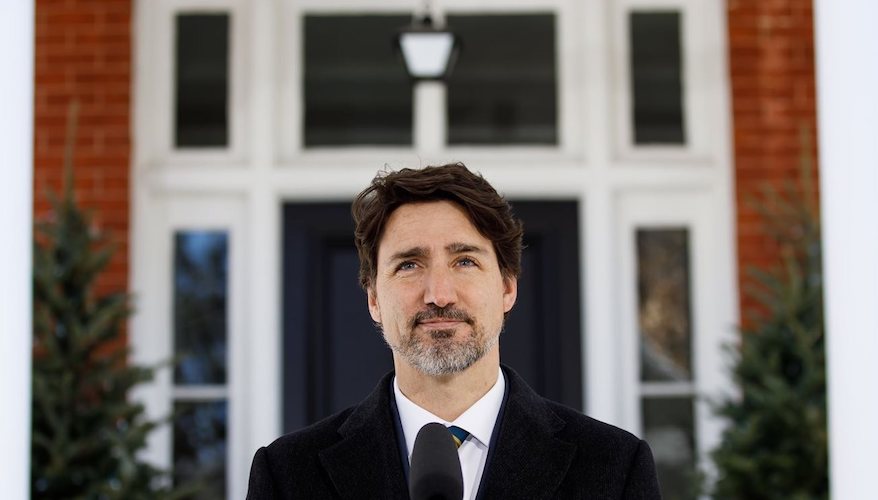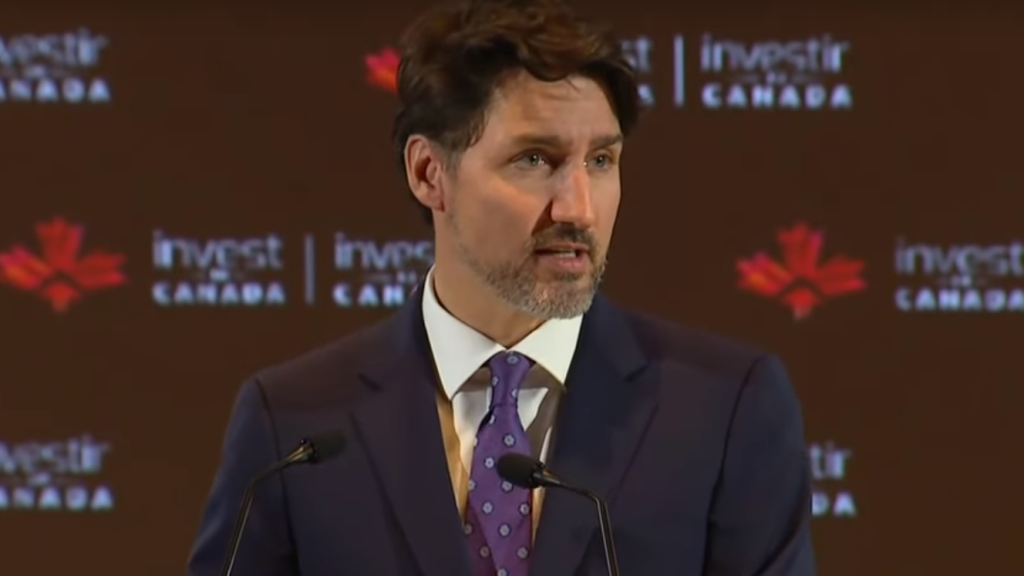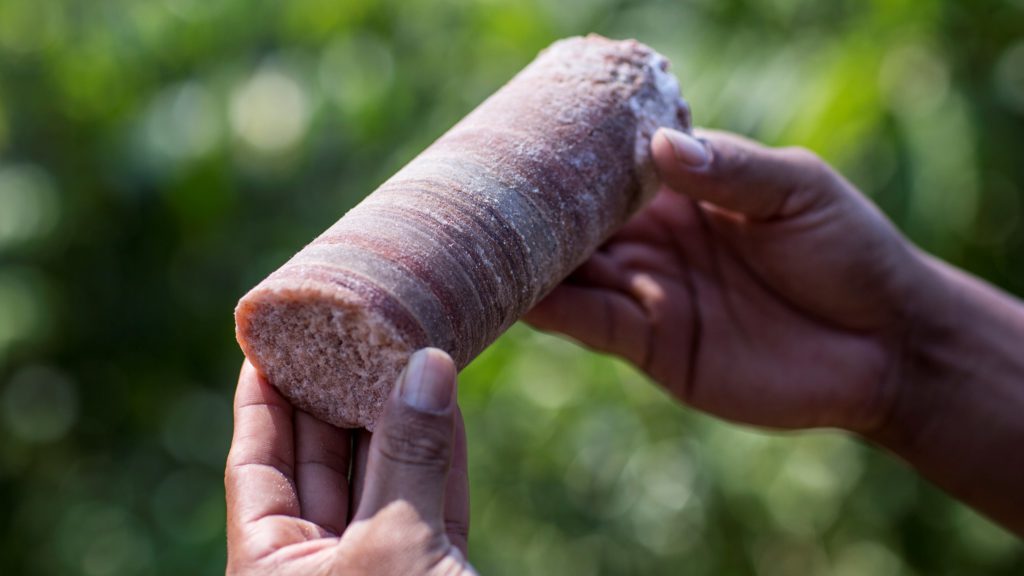Study: Highly educated Black women experience poorer maternal outcomes
Findings revealed at the 2023 Pediatric Academic Societies Meeting
Reports and ProceedingsBlack mothers with a master’s or doctorate degree experienced some of the worst birth outcomes, compared to Black mothers with less education and white mothers with the same or less education, according to a new study. The research will be presented at the Pediatric Academic Societies (PAS) 2023 Meeting, held April 27-May 1 in Washington, D.C.
Researchers examined how educational achievement and race affected preterm births and low birth weights for babies born to non-Hispanic Black and white women over the age of 25. The study used birth certificate records obtained from the Ohio Department of Health within Franklin County, Ohio from 2016 to 2021.
As education increased, the Black-White racial disparities in birth outcomes worsened. More than 10% of Black mothers with a master’s degree or doctorate had a preterm or very preterm birth, compared to less than 6% of white mothers with the same level of education. Low birth weight was more common for babies born to Black individuals with an advanced degree (9.58%), compared to white individuals (3.56%) with a master’s degree or doctorate.
According to the study, Black mothers with an advanced degree had similar outcomes (10.39% preterm or very preterm birth; 9.58% low birth weight) to white mothers with a high school degree (10.48% preterm or very preterm birth; 8.26% low birth weight).
Chart: Percent Preterm/Very Preterm Birth & Low Birth Weight, by Race and Education:
| Percent Preterm or Very Preterm Birth | Percent Low Birth Weight |
Non-Hispanic Black Women | ||
< High School | 9.37% | 8.4% |
High School | 11.52% | 10.6% |
Some College | 10.99% | 10.23% |
Bachelor’s Degree | 8.61% | 7.32% |
Master’s or Doctorate Degree | 10.93% | 9.58% |
Non-Hispanic White Women | ||
< High School | 15.65% | 14.13% |
High School | 10.48% | 8.26% |
Some College | 8.1% | 5.68% |
Bachelor’s Degree | 5.74% | 3.79% |
Master’s or Doctorate Degree | 5.57% | 3.56% |
“As we continue to grapple with the Black maternal health crisis, the results of this study highlight an overlooked inequity that we must pay attention to,” said Kierra S. Barnett, Ph.D., M.P.H., research scientist at the Research Institute at Nationwide Children's Hospital in Columbus, Ohio, and presenting author. “There is a clear disconnect between the benefits we assume education should have on our health and what educated Black mothers are experiencing in our society.”
Study authors called for additional research to assess alternate factors contributing to poor maternal health outcomes for Black women and immediate solutions to minimize the burden on Black families.
# # #
EDITOR:
Dr. Barnett will present “Education Isn’t Enough: Birth Outcomes at the Intersection of Race and Maternal Education” on Monday, May 1 at 12:00 p.m. ET.
Reporters interested in an interview with Dr. Barnett should contact Amber Fraley at amber.fraley@pasmeeting.org.
About the Pediatric Academic Societies Meeting
The Pediatric Academic Societies (PAS) Meeting is the premier North American scholarly child health meeting. The PAS Meeting connects thousands of pediatricians and other health care providers worldwide. The PAS Meeting is produced through a partnership of four pediatric organizations that are leaders in the advancement of pediatric research and child advocacy: American Pediatric Society, Society for Pediatric Research, Academic Pediatric Association and American Academy of Pediatrics. For more information, please visit www.pas-meeting.org. Follow us on Twitter @PASMeeting and like us on Facebook PASMeeting.
Abstract: Education Isn’t Enough: Birth Outcomes at the Intersection of Race and Maternal Education
Presenting Author: Kierra S. Barnett, PhD, MPH
Organization
The Research Institute at Nationwide Children's Hospital
Topic:
Health Equity/Social Determinants of Health
Background
Black-White racial inequities in rates of preterm birth (PTB) and low birth weight (LBW) are persistent. While differential maternal education is often hypothesized as a contributing risk factor in disparities, previous literature suggests that the benefits of more education are not experienced equally across racial groups and the nuanced role of advanced education is understudied due to the common practice of all post high school education into a single category.
Objective
To examine associations between race, maternal education, and odds of PTB and LBW.
Design/Methods
Birth certificate records from the Ohio Department of Health for all singleton births within Franklin County, Ohio from 2016 to 2021 (n=58,391) were used to calculaterates of PTB (< 37 weeks gestation), very PTB (< 32 weeks gestation) and LBW (< 2,500g at birth) for birthing people 25 years and older who identified as non- Hispanic Black (NHB) and/or non-Hispanic White (NHW). Education was categorized into five groups: less than high school, high school, some college, bachelor’s degree and masters or doctorate degree. Generalized linear mixed models with random intercepts at census tracts were fitted to examine the interaction between race and education, controlling for maternal age, marital status, parity, prenatal care, smoking during pregnancy, health insurance status, having 1 or more risk factors for poor birth outcomes in their medical history, and the Index of Concentration of Extremes to assess racial and economic segregation at the neighborhood level.
Results
Among NHB birthing people, those with a master’s or doctorate degree experienced some of the worst birth outcomes. However, among NHW birthing people, birth outcomes steadily improved as education increased. Regression models demonstrated that the Black-White disparity worsened as education increased. Among those without a high school education, the odds of PTB, Very PTB and LBW was lower among NHB compared to NHW birthing people (aOR =0.67, 0.51 and 0.61 respectively). Compared to NHW birthing people with a master’s or doctorate degree, the odds of PTB, Very PTB and LBW were 35% (95% CI: 1.07, 1.69), 251% (95% CI: 2.20, 5.61) and 120% (95% CI: 1.76, 2.76) higher among NHB birthing people with similar education after controlling for all covariates.
Conclusion(s)
Contrary to the social gradient in health, NHB birthing people with advanced degrees experienced some of the worst health outcomes compared to other NHB and NHW birthing people. Additional research is needed to assess individual and macro-level factors that contribute to this phenomenon.
Tables and Images
Table 1 MCH education.jpg
Table 2 aOR MCH educaion.jpg




.jpg?ext=.jpg) Tokamak Energy's HTS magnet (Image: Tokamak Energy)
Tokamak Energy's HTS magnet (Image: Tokamak Energy)